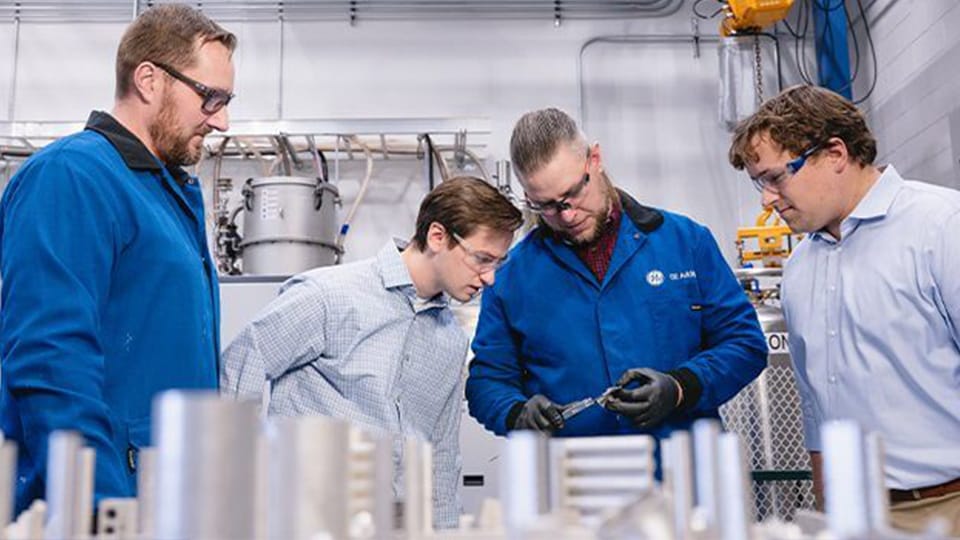Purdue team developing prototype hypersonic engine
Subscriber Benefit
As a subscriber you can listen to articles at work, in the car, or while you work out. Subscribe Now
A team at the Purdue Applied Research Institute is using state-of-the-art 3D printing technology to develop a full-scale prototype of a supersonic combustion ramjet, or scramjets, which researchers believe will lead to quicker and more affordable hypersonics manufacturing.
The university’s research and development center is using an advanced approach to additive manufacturing, which uses 3D printing technology, a university news release said.
A scramjet is an engine that allows aircraft to travel at speeds of Mach 5 and beyond.
Most applied research labs can print only small, scaled-down models, the university said. The models are extrapolated to create full-size scramjets, whose parts must be printed individually and assembled. But Purdue’s technology allows researchers to print full-scale, fully operational production models.
“There’s no other university-affiliated institution with the capability to manufacture and then test hypersonic technologies at flight-relevant scales and conditions,” graduate research assistant Will DeVerter, who created the scramjet prototype with senior test engineer Nick Strahan, said in the release. “Once we have a part or system ready to go, I can walk it across the street and test it using some of the best propulsion and diagnostic technology in the world. That’s a unique capability that streamlines the entire manufacturing and testing process.”
The institute’s additive-manufacturing center provides a one-stop shop for manufacturing innovations that can be transitioned to the defense market, Purdue said. The faster and cheaper design abilities make prototyping and testing easier.
Mark Lewis, the institute’s president and CEO, said supersonic combustion ramjets are in their infancy. But, he noted they are considered the best way to power a missile or aircraft through the atmosphere at speeds above five times the speed of sound, in the so-called hypersonic realm.
Purdue professor Michael Sangid and associate professor Carson Slabaugh are the faculty leads on the scramjet project. It is funded by the Office of the Secretary of Defense’s Manufacturing Science and Technology Program, partnering with the Naval Surface Warfare Center, Crane Division, and the National Security Technology Accelerator.
